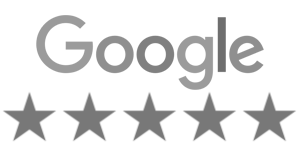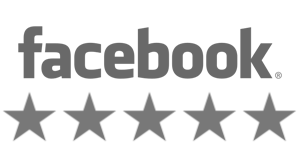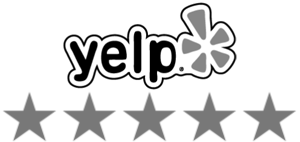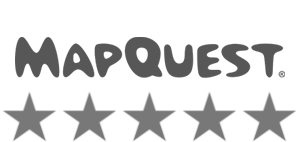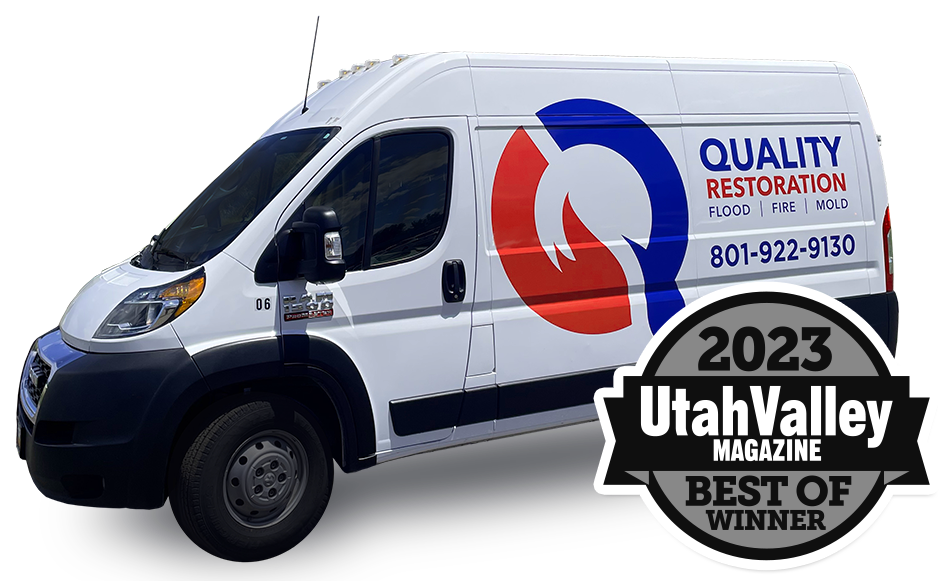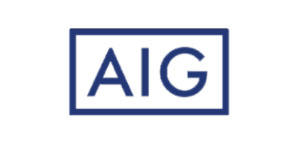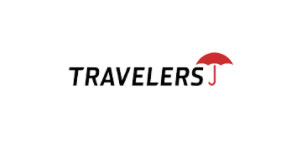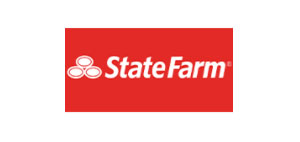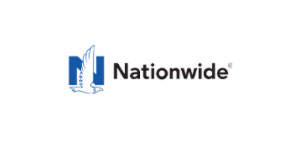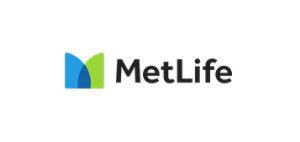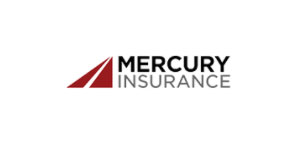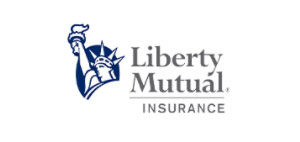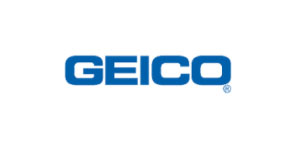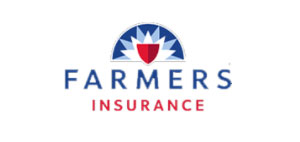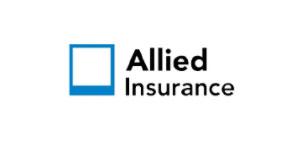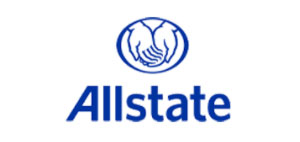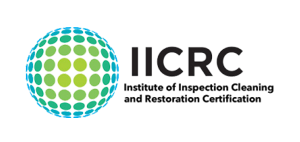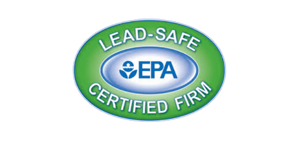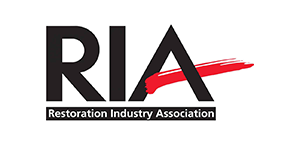Did you know that fire damage is a big problem? It’s very important to fix fire damage well.
Getting rid of smoke and soot from walls is key. It helps keep the place safe and looking good after a fire. Smoke can really hurt your health, so it’s urgent to clean it up.
It’s important to be safe while cleaning up. Wear the right clothes and make sure the area is well-ventilated. This helps keep you healthy while you work.
Using the right tools and methods is crucial. It helps get rid of soot without making it worse. This keeps your walls looking good and safe.
Key Takeaways
- Fire damage restoration is essential for maintaining structural integrity and aesthetics post-fire.
- Employing correct cleaning materials and techniques can prevent health hazards from smoke and soot particles.
- Using appropriate safety gear like heavy-duty gloves, goggles, and respirators is critical during cleanup.
- Consulting professionals for extensive damage and replacing affected drywall and insulation is advised.
- Proper ventilation and methodical cleaning help ensure effective smoke damage removal.
Understanding Fire and Soot Damage
Fire and soot damage can harm both your property and health. Soot is tiny and can deeply affect your lungs. This can lead to serious health issues. Cleaning walls after a fire is crucial, using the right gear and methods.
When fixing fire damage, knowing the fire type and materials burned is key. Fires burn different things, leaving soot on walls and ceilings. It’s important not to touch soot during the first check to avoid spreading it.
Exposure to soot can pose health risks. Wearing gloves, a mask, and protective clothes is advised. Using air scrubbers can also help keep soot out of the air.
Good ventilation is essential to reduce soot exposure and smoke smells. Different soot types need different cleaning methods. For example, oily soot is cleaned with a wet sponge, while dry soot is cleaned dry.
When cleaning walls after a fire, use the right tools and materials. Clean in a downward motion and avoid scrubbing to prevent damage. Cleaning ceilings requires similar steps, with care to avoid soot falling on clean walls.
Quickly cleaning soot is important to prevent more damage. Getting professional help for fire damage repair is wise. Companies like Quality Restoration offer 24-hour emergency cleanup and restoration services.
What Cleaning Materials Are Needed?
When dealing with smoke damage on walls, the right cleaning materials are key. You need special items to avoid causing more damage and to clean well. Experts suggests you might need:
- Thick rubber gloves to protect your hands from harsh chemicals.
- Trisodium phosphate (TSP) cleaner for degreasing surfaces.
- Dry-cleaning sponges specifically designed to lift soot and smoke residues.
- A large sponge to absorb moisture during the cleaning process.
- Two large, clean plastic buckets filled with warm water for rinsing and cleaning.
- Protective eyewear like safety goggles to shield eyes from splashes.
- A disposable mask to prevent inhalation of soot particles, as these can irritate the respiratory system.
- Soot and smoke damage cleaners tailored to treat specific surfaces and stains.
Soot can be harmful and worsen health issues. Pregnant women or those trying to conceive should stay away from it. Safety gear like gloves, aprons, and a nose mask is a must during cleanup.
Start by using a HEPA vacuum to remove loose soot from walls. Air scrubbers can then capture airborne particles and remove odors. For tough stains, mix mild soap, TSP, chlorine bleach, and thinner or rubbing alcohol. Wall cleansers with scents like orange or strawberry can also help get rid of smoke smells.
Use a drop cloth to protect floors from stains. Don’t forget about ceilings, as they can also get soot. After cleaning, let walls dry before painting or decorating. For major smoke damage, getting help from fire damage restoration experts is often the best choice.
How do you remove fire damage from walls?
Removing fire damage from walls is a detailed process. Start by wearing protective gear like an apron, gloves, goggles, and a respirator. This keeps you safe from soot and toxins. Make sure to ventilate well by opening windows or using air movers.
Use a HEPA vacuum to remove loose soot gently. Be careful not to rub the soot into the wall. A chemical dry-cleaning sponge is great for cleaning up residue without harming you.
After removing loose soot, wash the walls with a high-alkali detergent and water. Rinse well and dry with towels. Let the walls air dry, using fans for better air flow.
If soot stains remain, you might need to apply multiple coats of degreaser. For big damage, consider hiring professional soot removal services. They use special materials and chemicals to remove soot safely.
Always dispose of cleaning solutions properly to avoid contamination. Change your furnace filter every day to stop soot from spreading. A mix of TSP and warm water can help remove stubborn smoke damage.
White vinegar can help get rid of smoke odors. If carpets are damaged, get them professionally cleaned. This might take several sessions.
If the fire damage is severe, get professional help. Experts can remove all fire damage and smoke residues, keeping your home safe and healthy.
Conclusion
Fixing walls after a fire takes careful steps. It’s not just about cleaning up soot and smoke. It’s also about keeping the air we breathe safe.
Quickly removing soot is key. Tools like vacuum cleaners and special sponges help a lot.
Preventing fires is just as important. Install smoke detectors and keep fire extinguishers ready. Being careful with fire can save a lot of trouble.
With fast action, careful cleaning, and expert help, fixing walls after a fire is possible. It makes our homes safer and healthier.
